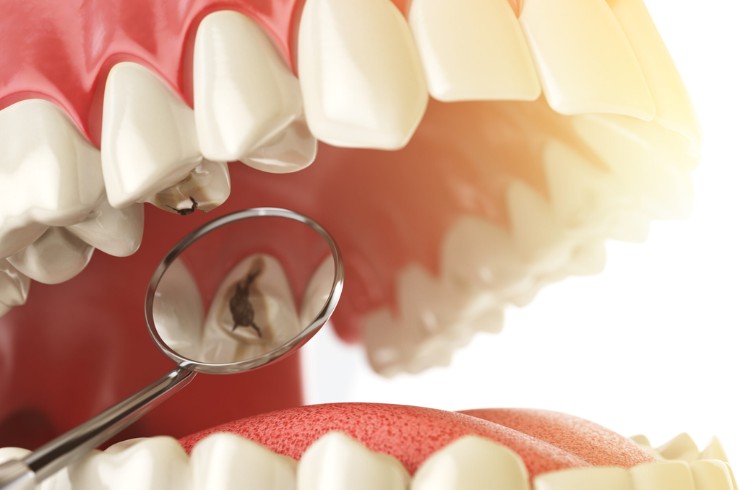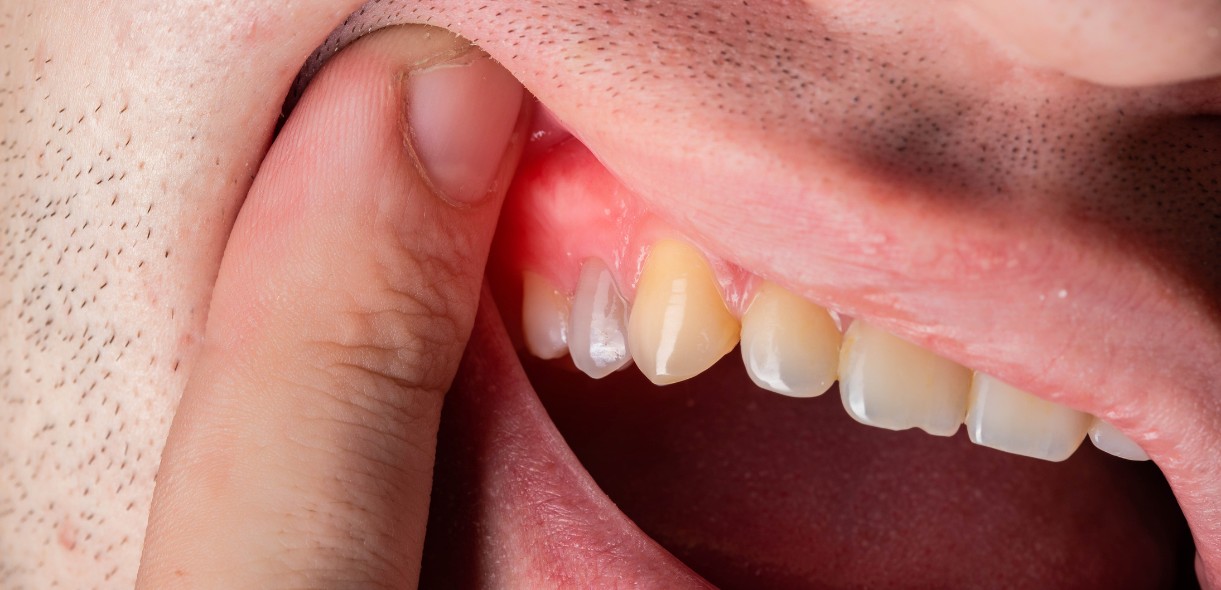(817) 465-3454
How To Find And Treat A Cavity Between Two Teeth

Cavities, also known as dental caries or tooth decay, are a common dental issue that can occur between two teeth. If left untreated, cavities can lead to pain, infection, and even tooth loss. Learning how to identify and treat a cavity between two teeth is crucial for maintaining good oral health. In this guide, we’ll explore the steps to effectively find and treat a cavity between two teeth.
Identifying a Cavity Between Two Teeth
Tooth Sensitivity: If you experience sensitivity or pain when biting down or consuming hot, cold, or sweet foods and drinks, it could indicate a cavity between two teeth. Sensitivity occurs when the cavity reaches the inner layers of the tooth where nerves are located.
Visible Discoloration: Inspect your teeth regularly for any visible signs of discoloration or spots between them. Cavities often appear as dark or brown spots on the surface of the tooth. Especially in the areas where teeth touch each other.
Gaps or Spaces: Pay attention to any gaps or spaces that develop between your teeth. Cavities can cause the enamel to weaken and create small crevices where bacteria can thrive, leading to decay.
Persistent Bad Breath: Unpleasant breath that doesn’t improve with proper oral hygiene may indicate the presence of cavities. Bacteria from decaying teeth can produce foul-smelling gases, contributing to bad breath.
Treating a Cavity Between Two Teeth
Professional Dental Examination: Schedule an appointment with your dentist for a thorough examination. During the visit, your dentist will visually inspect your teeth, take X-rays if necessary. Then will use special instruments to detect cavities between teeth.
Dental Fillings: If a cavity is detected, your dentist will recommend a suitable treatment option. Dental fillings are commonly used to repair cavities between teeth. The decayed portion of the tooth is removed, and the space is filled with a durable filling material such as composite resin or amalgam.
Dental Bonding: In cases where the cavity is small or located in a visible area, dental bonding may be an appropriate treatment. Dental bonding involves applying a tooth-colored resin material to the affected area and shaping it to match the natural contours of the tooth.
Root Canal Therapy: If the cavity has progressed to the inner pulp of the tooth, root canal therapy may be necessary to save the tooth. During this procedure, the infected pulp is removed, and the inside of the tooth is cleaned and sealed to prevent further infection.
Preventive Measures: To prevent future cavities between teeth, maintain good oral hygiene habits such as brushing twice a day, flossing daily, and using fluoride toothpaste. Additionally, limit sugary and acidic foods and drinks, and visit your dentist regularly for check-ups and cleanings.
Conclusion
Cavities between two teeth can cause discomfort and affect your oral health if left untreated. By staying vigilant for signs of decay and seeking prompt treatment from a qualified dentist, you can prevent further damage and maintain a healthy smile.
For dentist in Arlington, TX, contact South Arlington Smiles today to schedule an appointment with our experienced team.
Frequently Asked Questions
To prevent cavities between teeth, it’s essential to practice good oral hygiene habits. This includes brushing your teeth twice a day with fluoride toothpaste, flossing daily to remove plaque and food particles from between teeth, and limiting consumption of sugary and acidic foods and drinks. Regular dental check-ups and cleanings are also crucial for maintaining oral health.
Symptoms of a cavity between two teeth may include tooth sensitivity or pain when biting down or consuming hot, cold, or sweet foods and drinks. Visible discoloration or spots on the surface of the tooth, gaps or spaces between teeth, and persistent bad breath may also indicate the presence of a cavity.
Cavities between two teeth are typically treated with dental fillings, which involve removing the decayed portion of the tooth and filling the space with a durable filling material. In cases where the cavity is small or located in a visible area, dental bonding may be used. If the cavity has progressed to the inner pulp of the tooth, root canal therapy may be necessary to save the tooth.
It’s crucial to treat cavities between teeth promptly to prevent further damage and complications. If left untreated, cavities can deepen and spread, leading to pain, infection, and even tooth loss. Prompt treatment not only alleviates discomfort but also helps preserve the natural structure of the tooth and maintain overall oral health.



